in this month's update i am featuring a selection of plants and animals that come without any effort on our part. we are very happy to see them, at least the ones that are native to this area and add to the biodiversity and are not invasive pests
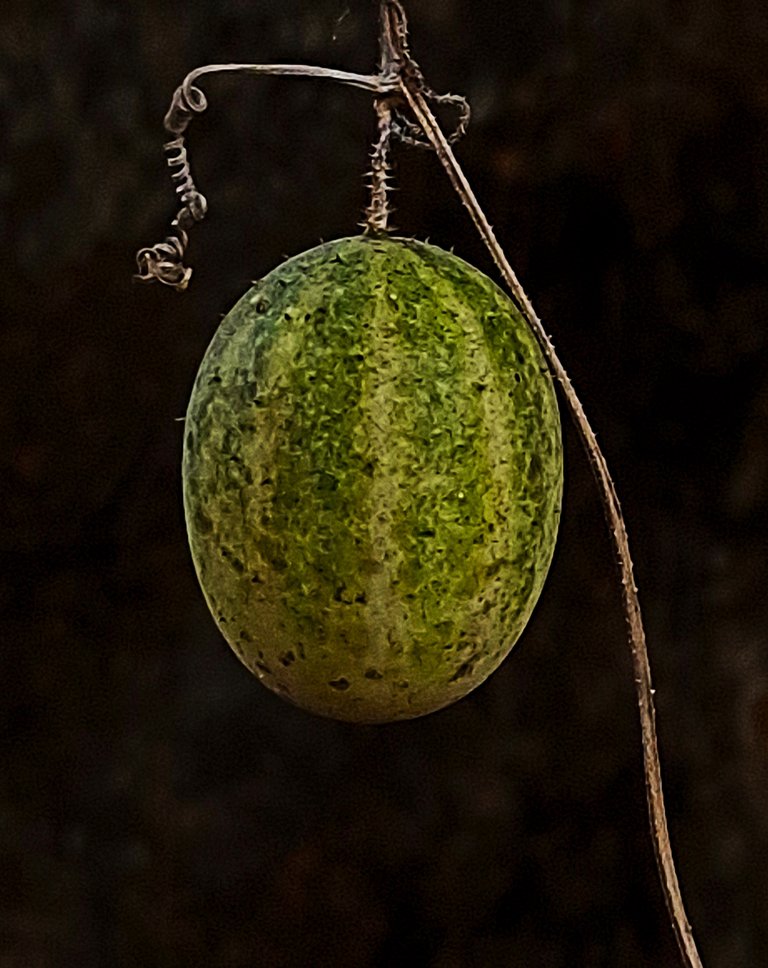
there are a couple of vine growing gourds that flourish in the monsoon and bear fruit until well after it has passed. this first is very decorative but too bitter to be of culinary interest
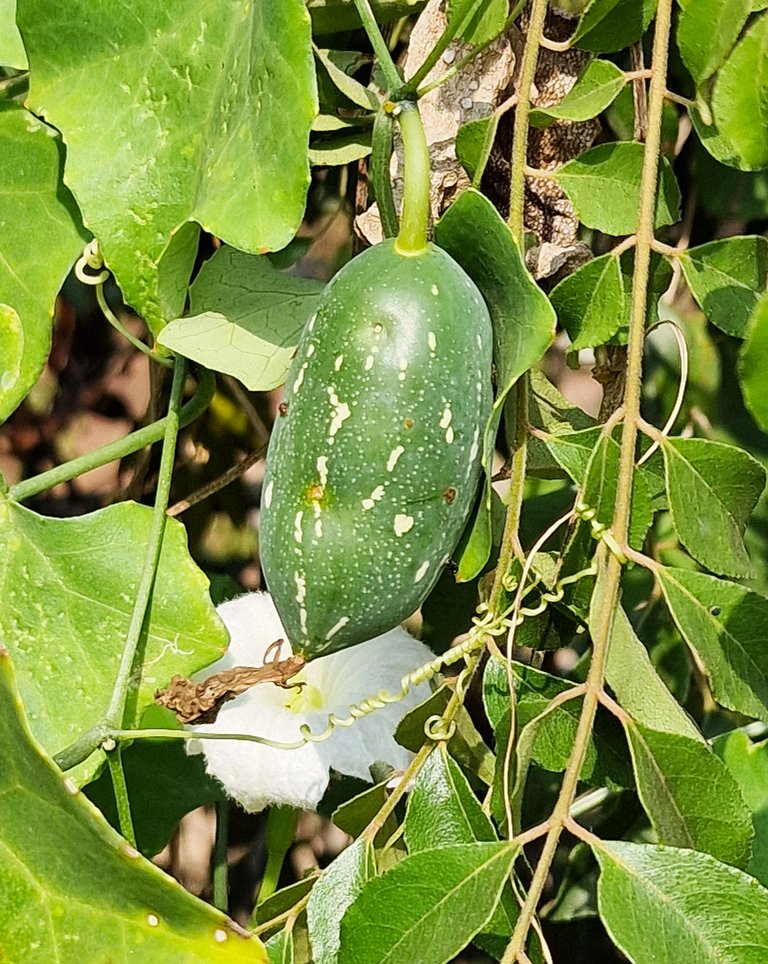
but we are lucky to be able to harvest wild growing ivy gourds Coccinia grandis. it climbs all around, especially on our curry leaf trees that are more like bushes than trees
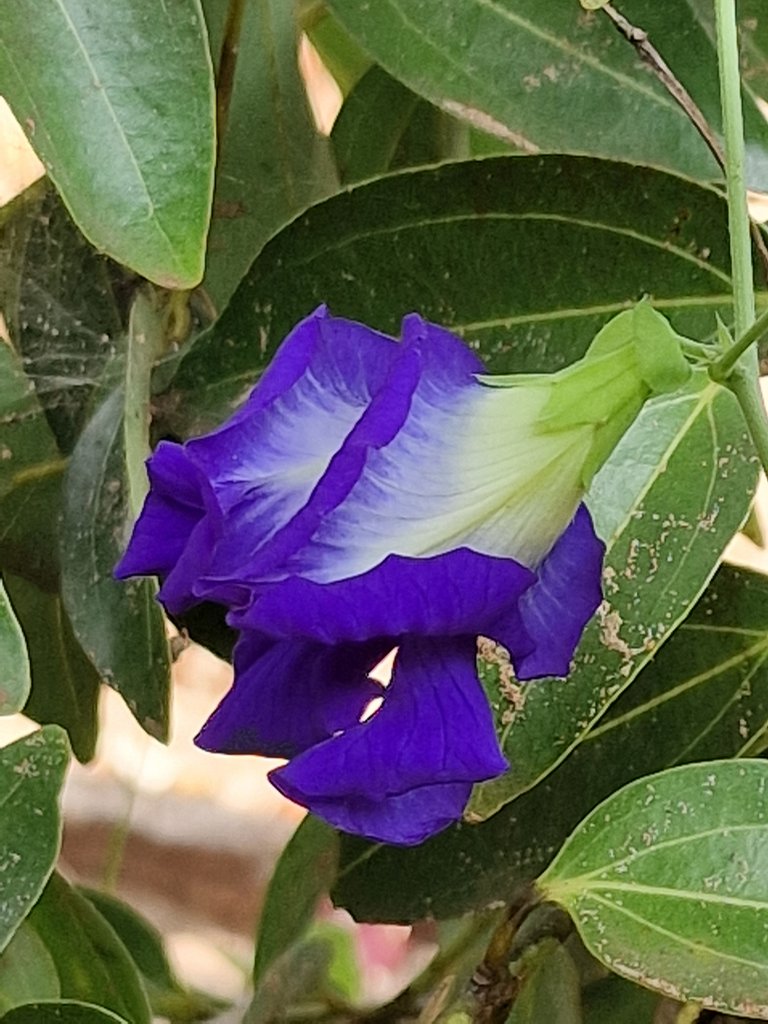 the local name for this beauty is gokarni which means cow's ear while the latin name Clitoria ternatea refers to an altogether different body part. it's prized not only for the striking blue color but also for it's primary medicinal use which is for brain health- memory, concentration and more
the local name for this beauty is gokarni which means cow's ear while the latin name Clitoria ternatea refers to an altogether different body part. it's prized not only for the striking blue color but also for it's primary medicinal use which is for brain health- memory, concentration and more
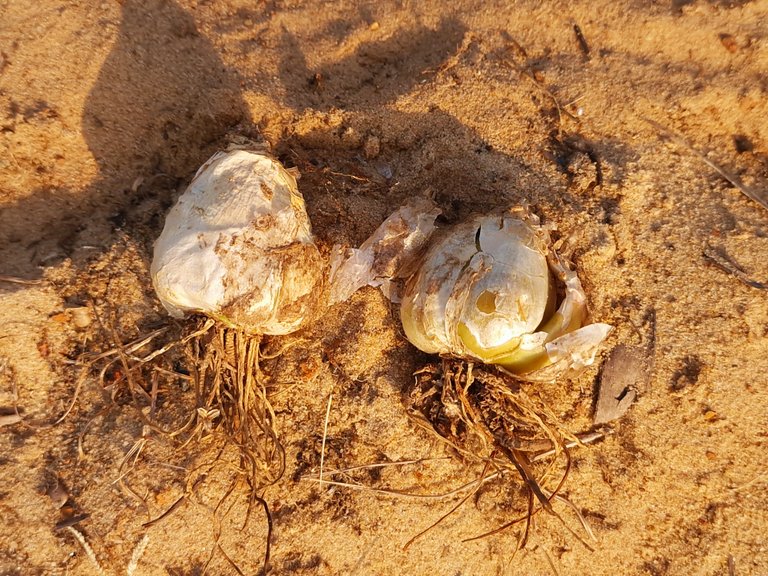
the back garden is lower down so during the monsoon it floods, in that area there are lots of these bulbs just under the surface
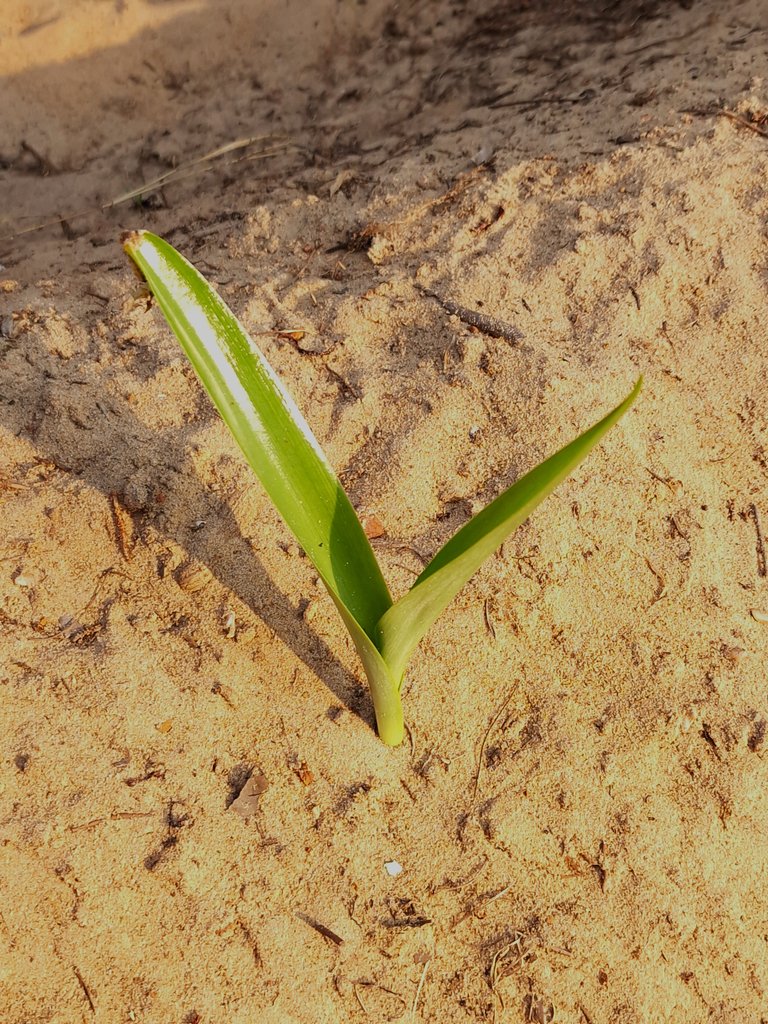
when the rains come they sprout into beautiful lilies. some of the bulbs happen to be in the watering well for our coconut trees. so when we water the trees the bulbs may sprout even though it's the wrong time of year. even though they sprout and grow they do not flower in the dry season
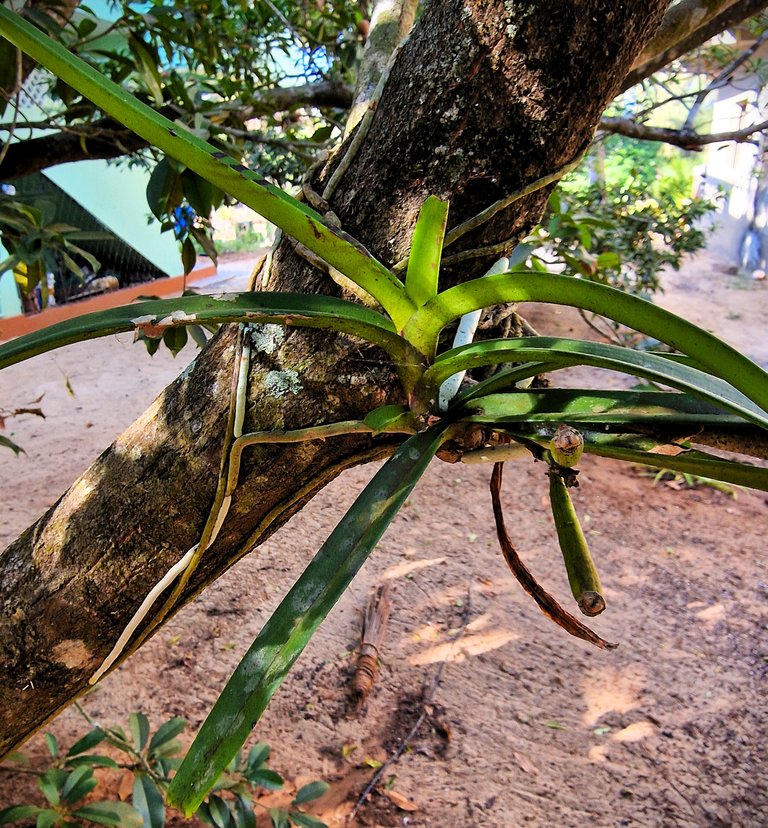
perhaps my favorite wildflower is this epiphytic orchid growing in one of our chickoo trees. i have not seen it in flower so i haven't positively identified it yet. we have plenty of parasitic mistletoe that we are vigilant for so finding plants like this is a pleasant change. it's just cool how they can grow on the tree without damaging it and without any contact with the ground. i would love to see it flower one day
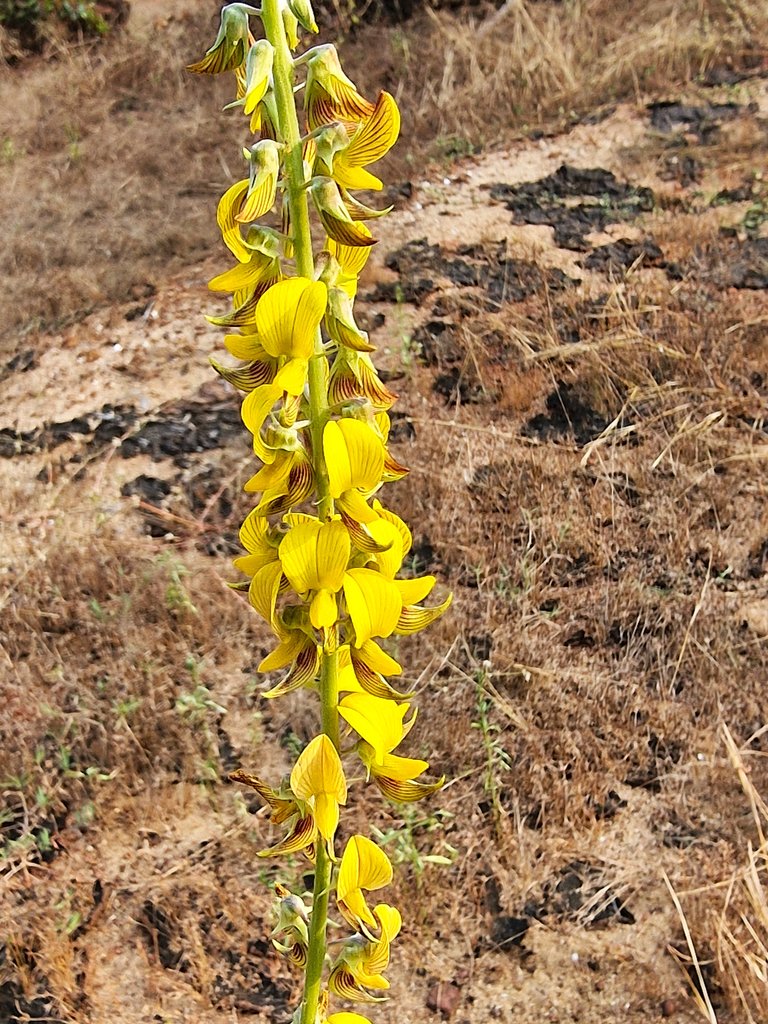
one wildflower that blooms throughout the dry season is this smooth rattlepod Crotalaria pallida. with its over 1 meter tall, bright yellow stalk it stands out in the much lower grassy vegetation. the flowers and seeds are said to be edible but we have never tried them. it's another of the many wildflowers with medicinal properties that we are glad to have around
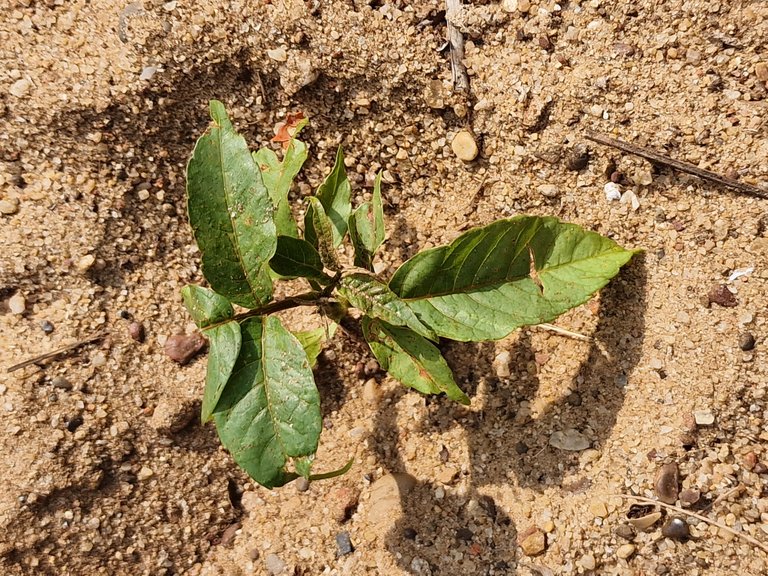
on the other hand this one is invasive and if you don't dig it out when young it is very difficult to get rid of. the root of this little seedling grows incredibly deep very fast
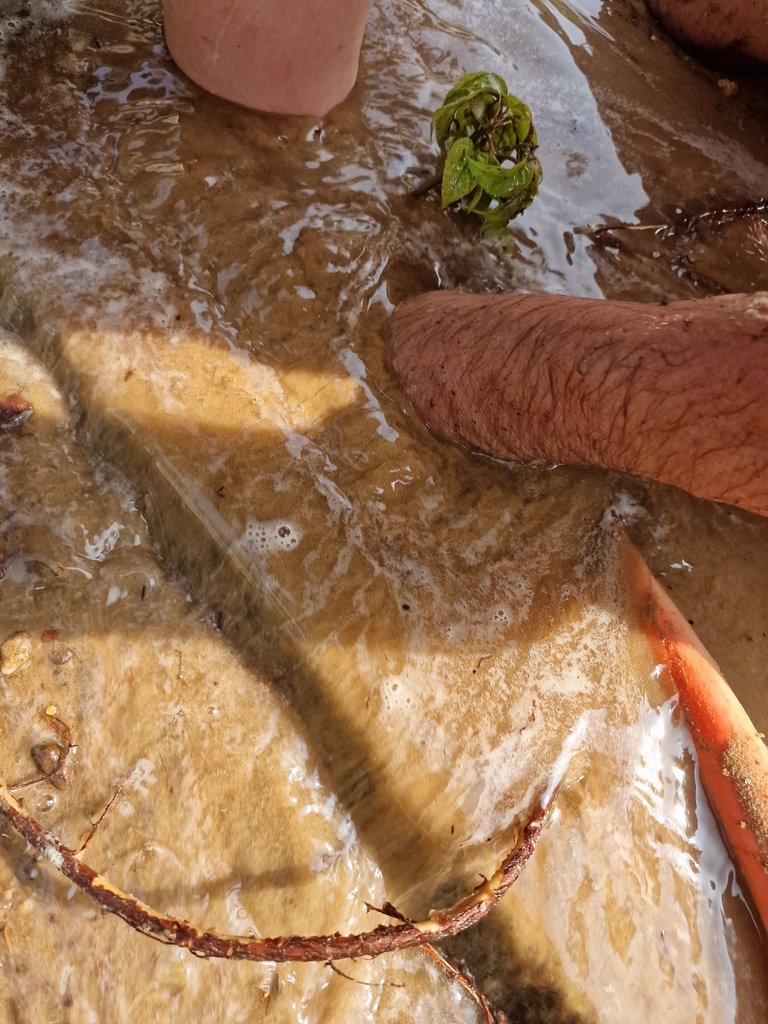
so i take the garden hose and let it dig down and loosen the root from the sand . i break away the side roots that i can reach underground and try to get the whole taproot out. otherwise it will grow back much deeper and stronger.
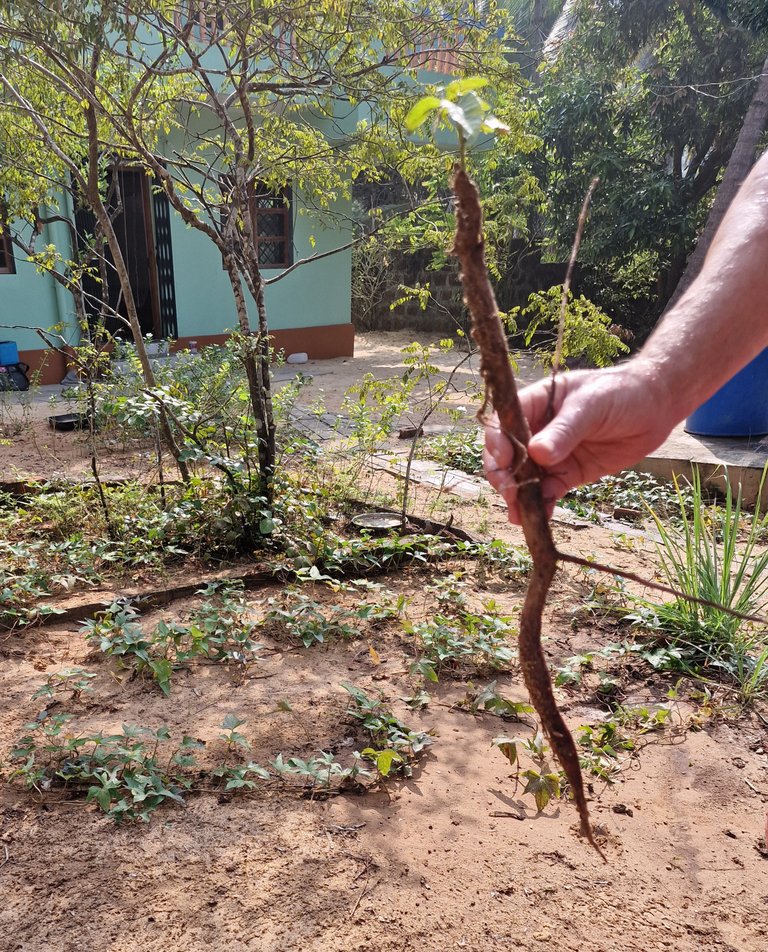
the root is well over 1 meter long. because it is growing in pure sand it is possble to extract whole with considerable effort but still less than having to dig it out with a shovel
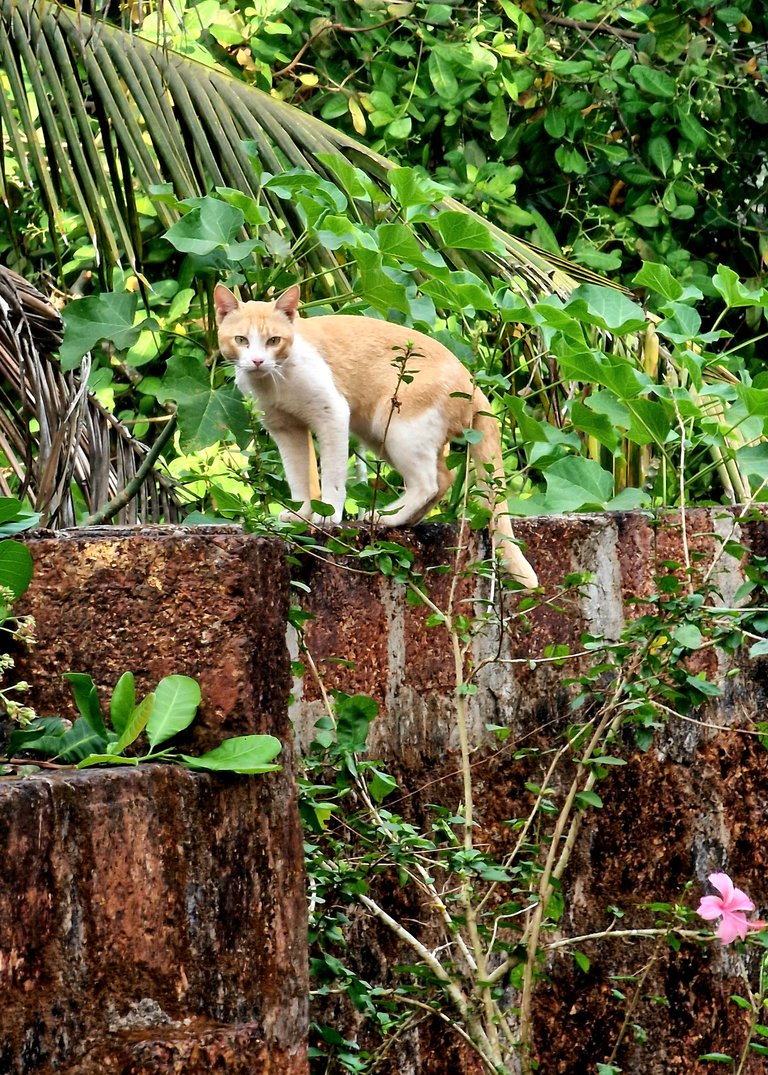
we built the stone compound arounfd the perimeter of the garden to keep the neighbors animals out, mainly goats and pigs. without the compound we couldn't keep a garden but some animals have no problem coming and going as they please. our neighbor's cat is welcome to keep the mice away but it also prey's on the many birds we love.
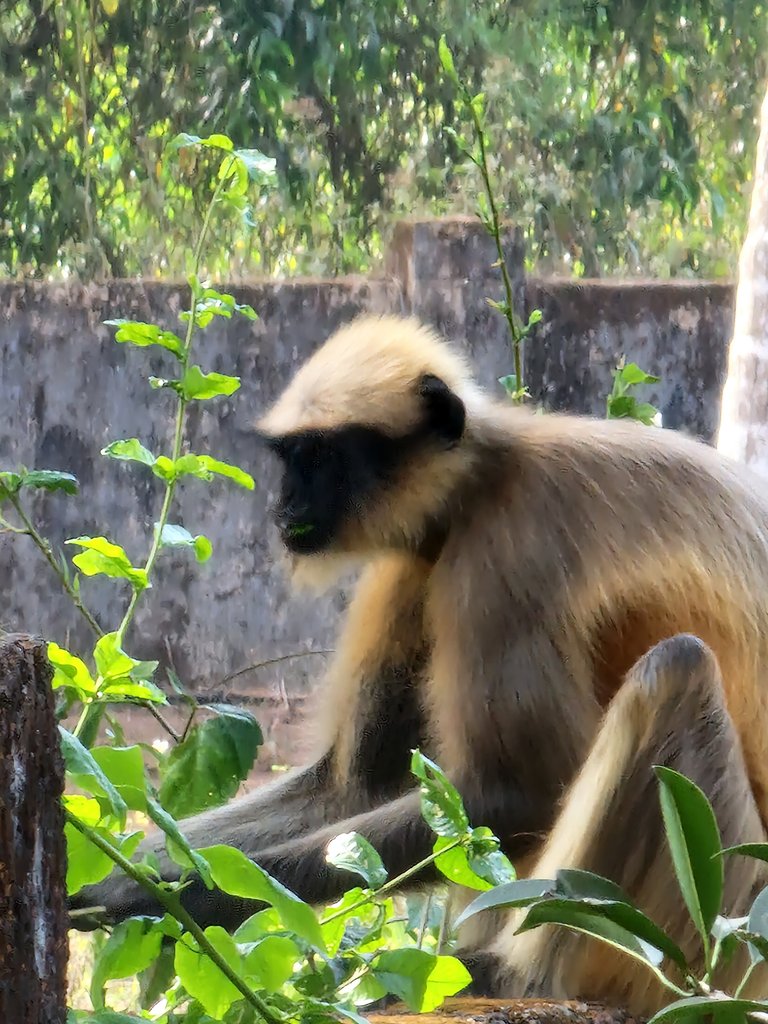
and no compound will ever be able to keep the monkeys out. they are not exactly welcome as they eat many of the things we try to grow, such as our hibiscus, papaya, mangoes and more. but they are endearing, especially when the whole family comes.
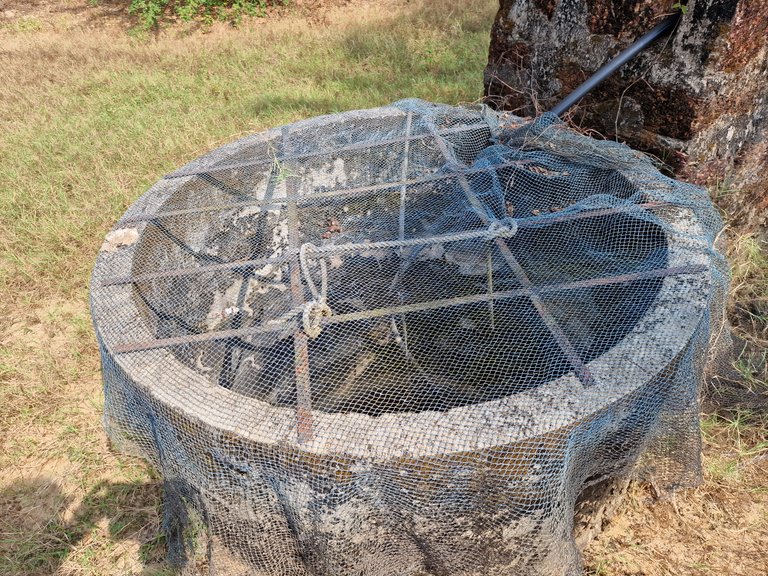
our back well is essential to the garden. once a cat fell in our feont well which is much deeper and since then we cover them to keep all sorts of things out. the monkeys sometimes like to sit here
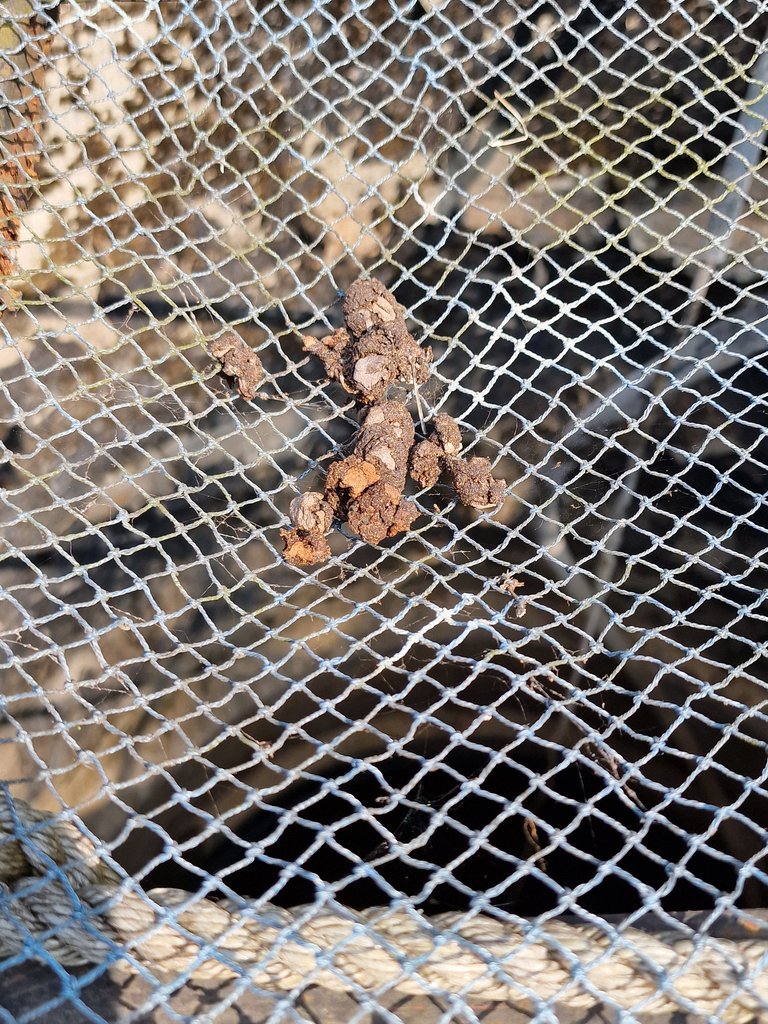
and leave us a sign of their appreciation. such are the pleasures of having a garden.
thanks for joining
The month of February is very complete, to have a garden is beautiful.
yes we are lucky to have the garden but it does require a lot of care even though much of it is natural and uncultivated
A garden does require care. I have plants in containers because I have only a portion of land, there is a lemon plant that is now dying and I am trying to recover it.
Greetings
win tips and upvotes from the Hive Garden. Don't forget to engage with other Hive gardeners!The #gardenjournal challenge lasts for around 10 days from the 1st of every month - you have the chance to
You are lucky to have wild flowers! Hope you can identify them
ever since i was a child i have been eager to learn about the wildflowers where ever i go.
Natural garden with plenty for all, knowledge about plants for medicinal or food always an added bonus.
i wish i knew more about the wildflowers. each has their unique properties and while not all are beneficial to us they attract birds and insects and more. the soil is pure sand so there is a limit to what can survive here
Impressive tap root on the plant, each region has plant life that survives, asking the elders is a great place to start.
oh that tree grows tap roots unbelievably fast. it's not native and while it does have medicinal value it's very invasive and hard to get rid of, especially if you just chop it.